The Best Companion Plants For Green Beans
Green beans are a popular and versatile vegetable that can be grown in many different climates. They are also relatively easy to care for, making them a good choice for beginner gardeners. However, there are a few things you can do to improve your chances of success, one of which is planting companion plants.
Companion planting is the practice of planting certain types of plants together in order to benefit each other. Some plants, for example, can help to repel pests or diseases, while others can improve the soil quality or provide shade. When choosing companion plants for green beans, there are a few things you should keep in mind.
First, consider the size and growth habit of the plants. Green beans can be either bush or pole beans. Bush beans grow to be about 2 feet tall, while pole beans can grow up to 6 feet tall. If you are planting bush beans, you will need to choose companion plants that will not shade them out. Pole beans, on the other hand, can benefit from having taller plants to climb on.
Second, think about the soil requirements of the plants. Green beans prefer well-drained soil that is rich in organic matter. If you have poor soil, you may need to amend it with compost or manure before planting. Some companion plants, such as peas and clover, can also help to improve the soil quality.
Finally, consider the pests and diseases that are common in your area. Some companion plants can help to repel pests or diseases that are harmful to green beans. For example, marigolds are known to repel nematodes, which can damage bean roots.
Here are some of the best companion plants for green beans:
- Basil: Basil is a classic companion plant for tomatoes, but it also works well with green beans. Basil helps to repel pests such as mosquitoes, aphids, and whiteflies. It also improves the flavor of green beans.
- Carrots: Carrots and green beans are both root vegetables, so they can benefit from being planted together. Carrots help to break up the soil, which can improve drainage for green beans. Green beans can provide shade for carrots, which can help to prevent them from bolting.
- Cucumbers: Cucumbers and green beans are both warm-season crops that require similar growing conditions. They can also benefit from being planted together. Cucumbers help to attract pollinators, which can help to improve the yield of green beans. Green beans can provide support for cucumbers, which can help to prevent them from sprawling.
- Marigolds: Marigolds are another great companion plant for green beans. They help to repel pests such as aphids, whiteflies, and nematodes. They also improve the flavor of green beans.
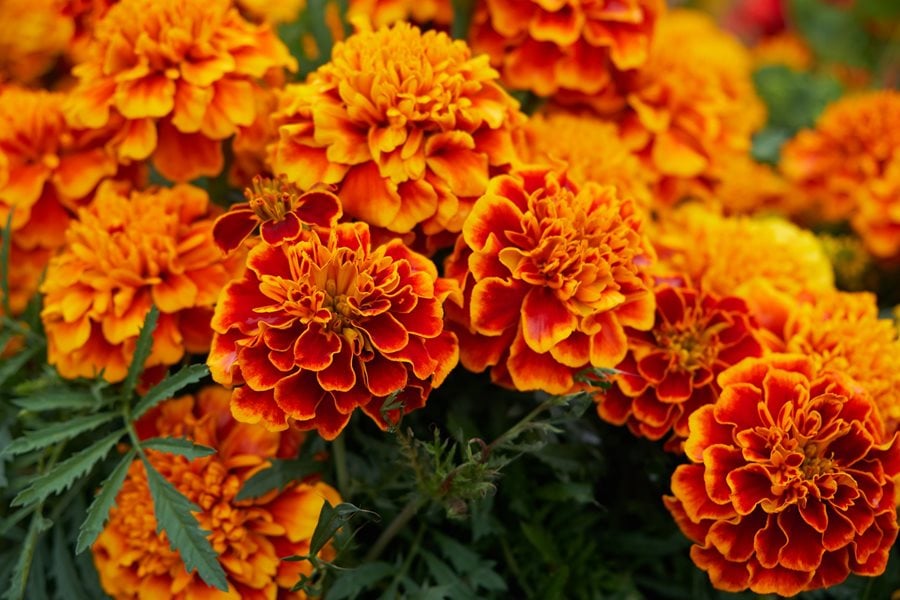
- Nasturtiums: Nasturtiums are another beautiful and beneficial companion plant for green beans. They help to repel pests such as aphids, whiteflies, and beetles. They also attract pollinators, which can help to improve the yield of green beans.

- Peas: Peas and green beans are both legumes, which means they can fix nitrogen in the soil. This can benefit both plants and can help to improve the overall health of your garden.
- Potatoes: Potatoes and green beans can be planted together in a traditional Three Sisters planting. The beans help to fix nitrogen in the soil, which the potatoes can use. The potatoes provide shade for the beans, which can help to prevent them from bolting.

- Squash: Squash can help to suppress weeds and improve the drainage of the soil, which can benefit green beans. Green beans can provide support for vining squash varieties.
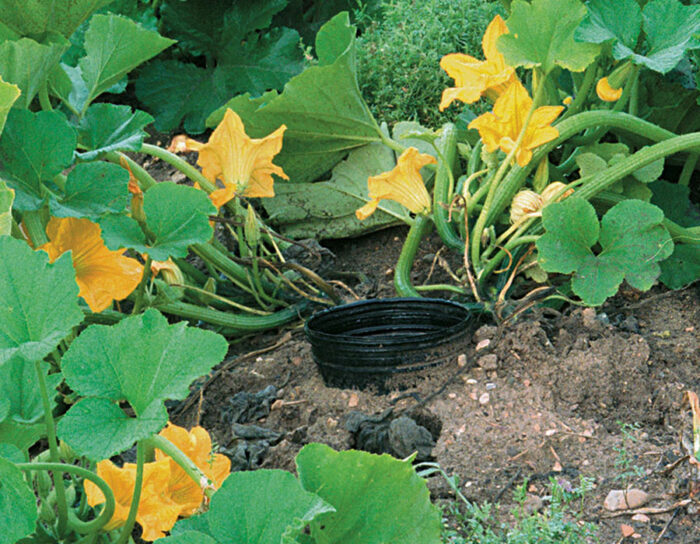
Green beans are a delicious and versatile vegetable that can be enjoyed in many different ways. But did you know that planting companion plants near your green beans can help them grow better and healthier?
There are many different companion plants that can be beneficial to green beans. Some of the best include:
- Basil: Basil is a classic companion plant for green beans. It helps to repel pests and attract beneficial insects, such as ladybugs and hoverflies. Gardenia Inspiration
- Cucumbers: Cucumbers and green beans are a natural pairing. They help to suppress weeds and improve the flavor of each other's fruit.
- Marigolds: Marigolds are another great companion plant for green beans. They help to repel pests, such as Mexican bean beetles and aphids.
- Potatoes: Potatoes and green beans can be planted together to help protect each other from pests.
- Squash: Squash can help to shade the roots of green beans, which can help to prevent them from drying out.
If you're looking to improve the growth and health of your green beans, I recommend planting some of these companion plants nearby. You can find more information about companion planting for green beans at Gardenia Inspiration.
FAQ of companion plants to green beans
What are some good companion plants for green beans?
Here are some of the best companion plants for green beans:
- Basil: Basil is a classic companion plant for beans. It helps to repel pests and attract pollinators, both of which are beneficial to bean plants.
- Cucumbers: Cucumbers and beans are mutually beneficial companion plants. Beans help to fix nitrogen in the soil, which cucumbers need to thrive. Cucumbers also provide shade for bean plants, which can help to protect them from pests.

- Marigolds: Marigolds are another great companion plant for beans. They help to repel pests such as Mexican bean beetles and aphids.

- Nasturtiums: Nasturtiums are also known to repel pests, and they can also help to improve the flavor of beans.

- Peas: Peas and beans are both legumes, which means they fix nitrogen in the soil. Planting them together can help to improve the nitrogen levels in your garden, which can benefit all of your plants.
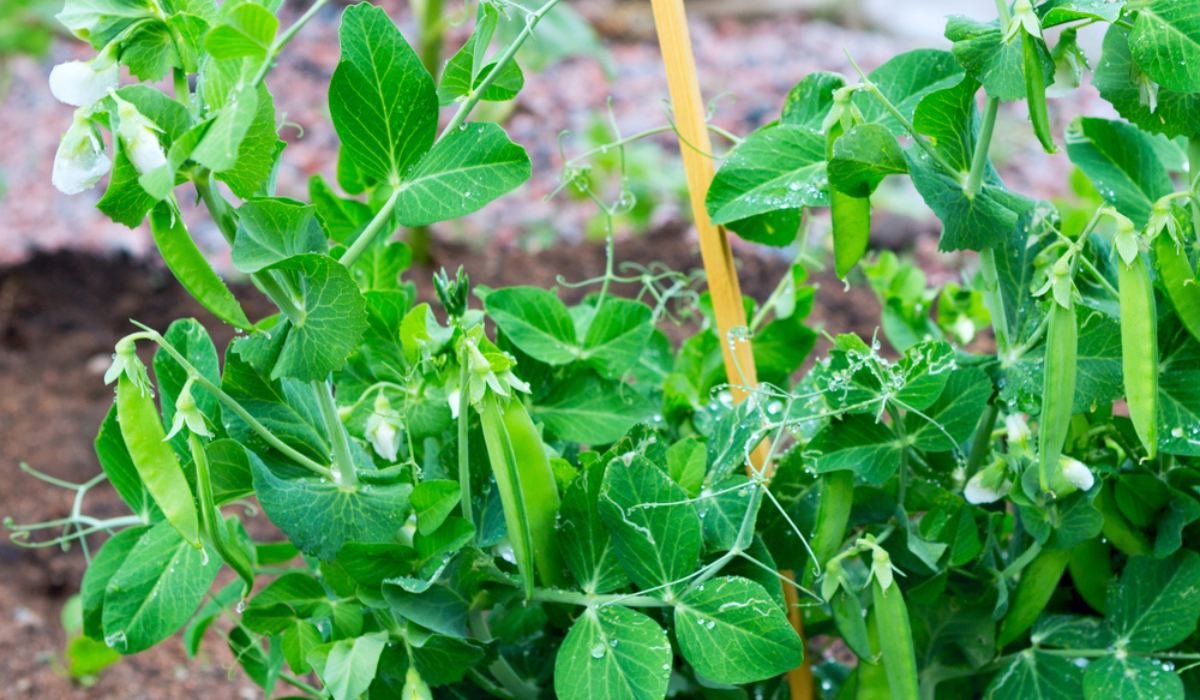
What plants should not be planted near green beans?
Here are some plants that should not be planted near green beans:
- Alliums: Alliums, such as onions, garlic, and chives, can inhibit the growth of green beans.
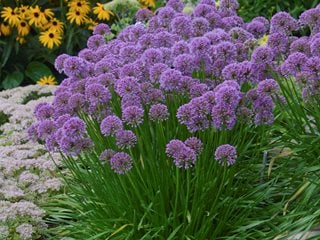
- Potatoes: Potatoes and green beans can compete for nutrients, so it is best to avoid planting them together.

- Fennel: Fennel can produce a chemical that can stunt the growth of green beans.
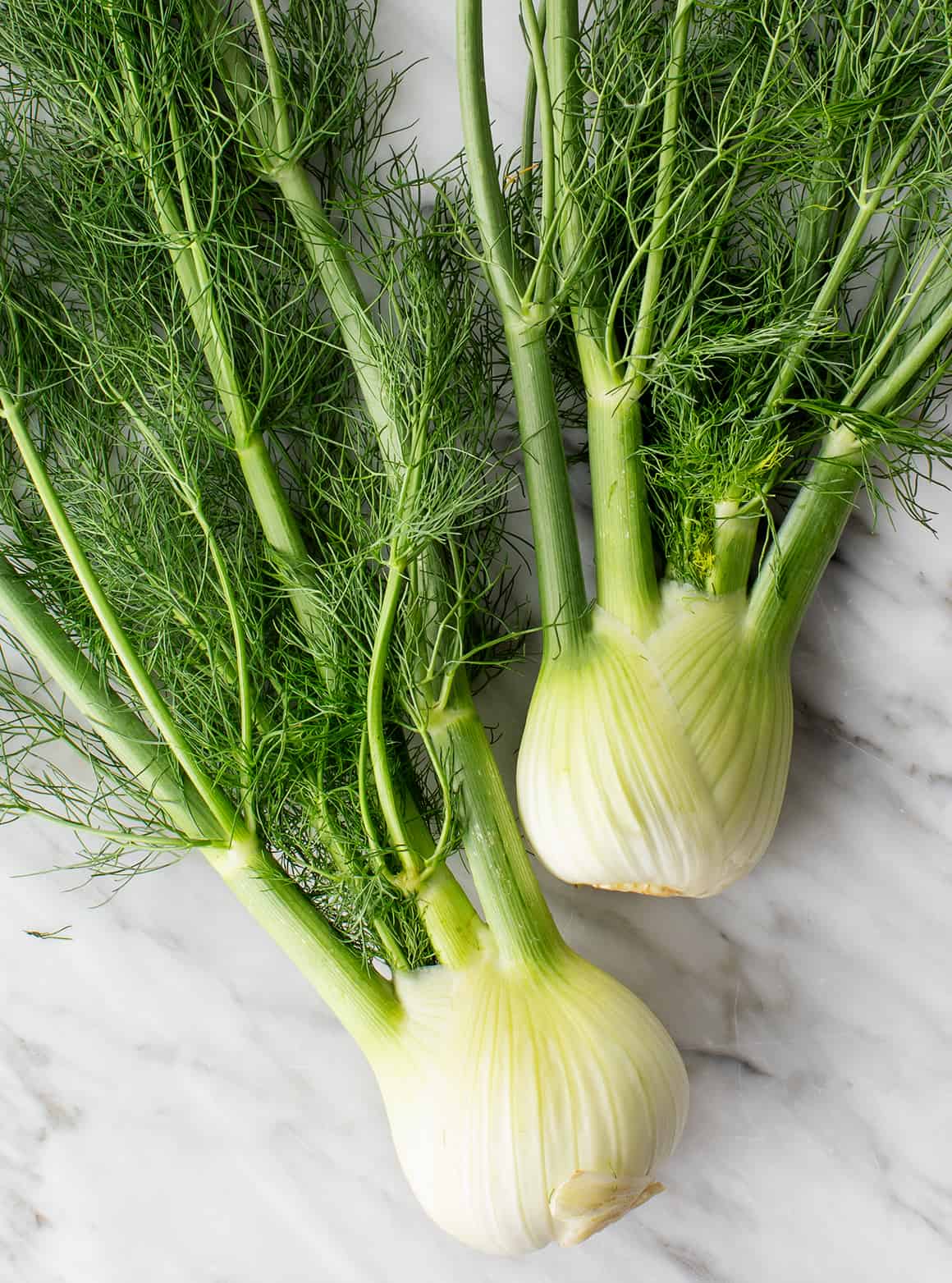
- Pumpkins: Pumpkins can shade out green bean plants, which can stunt their growth.
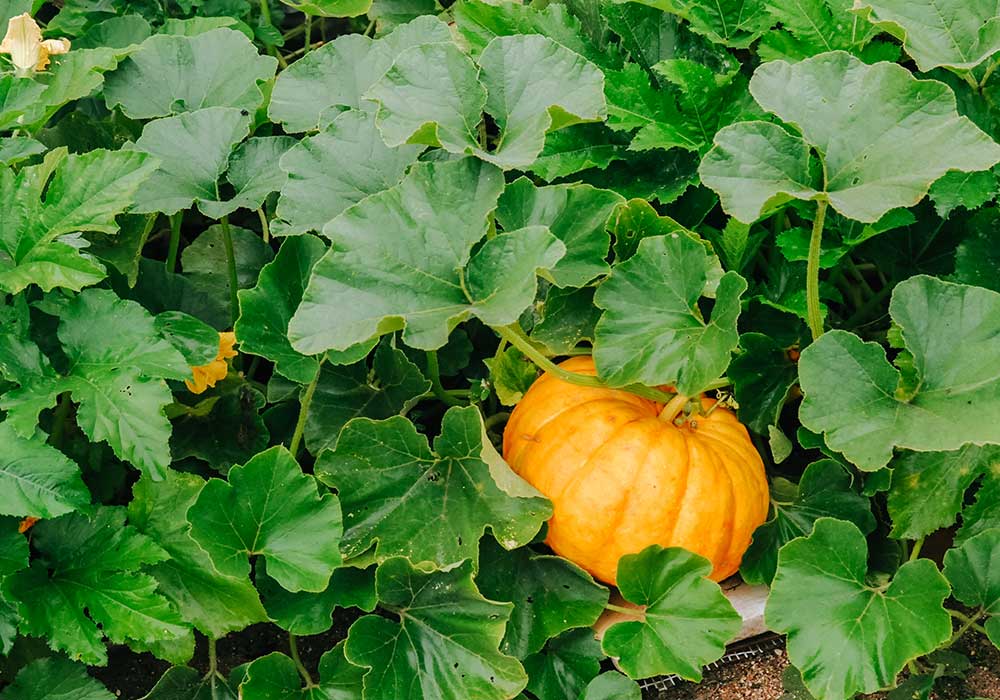
- Squash: Squash can also shade out green bean plants, so it is best to avoid planting them together.

How far apart should green beans be planted?
The spacing requirements for green beans will vary depending on the variety of bean you are planting. However, as a general rule of thumb, bush beans should be spaced 12-18 inches apart and pole beans should be spaced 24-36 inches apart.
How much sunlight do green beans need?
Green beans need full sun in order to thrive. They will not produce well if they are shaded by other plants or trees.
When should green beans be planted?
The best time to plant green beans will vary depending on your climate. In general, green beans can be planted in the spring or early summer, once the soil has warmed up to at least 60 degrees Fahrenheit.
Post a Comment for "The Best Companion Plants For Green Beans"